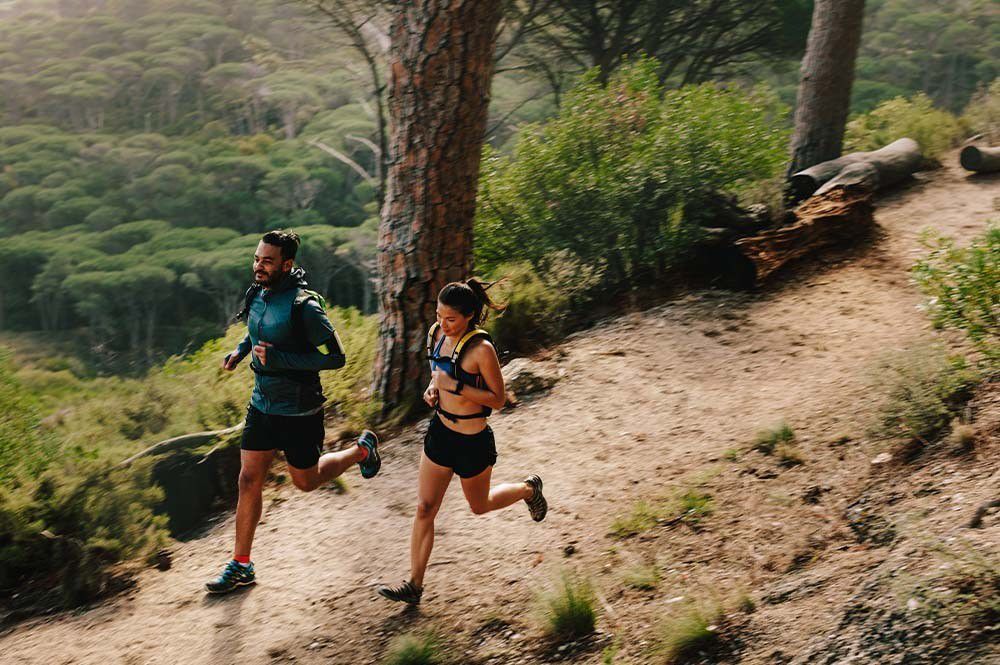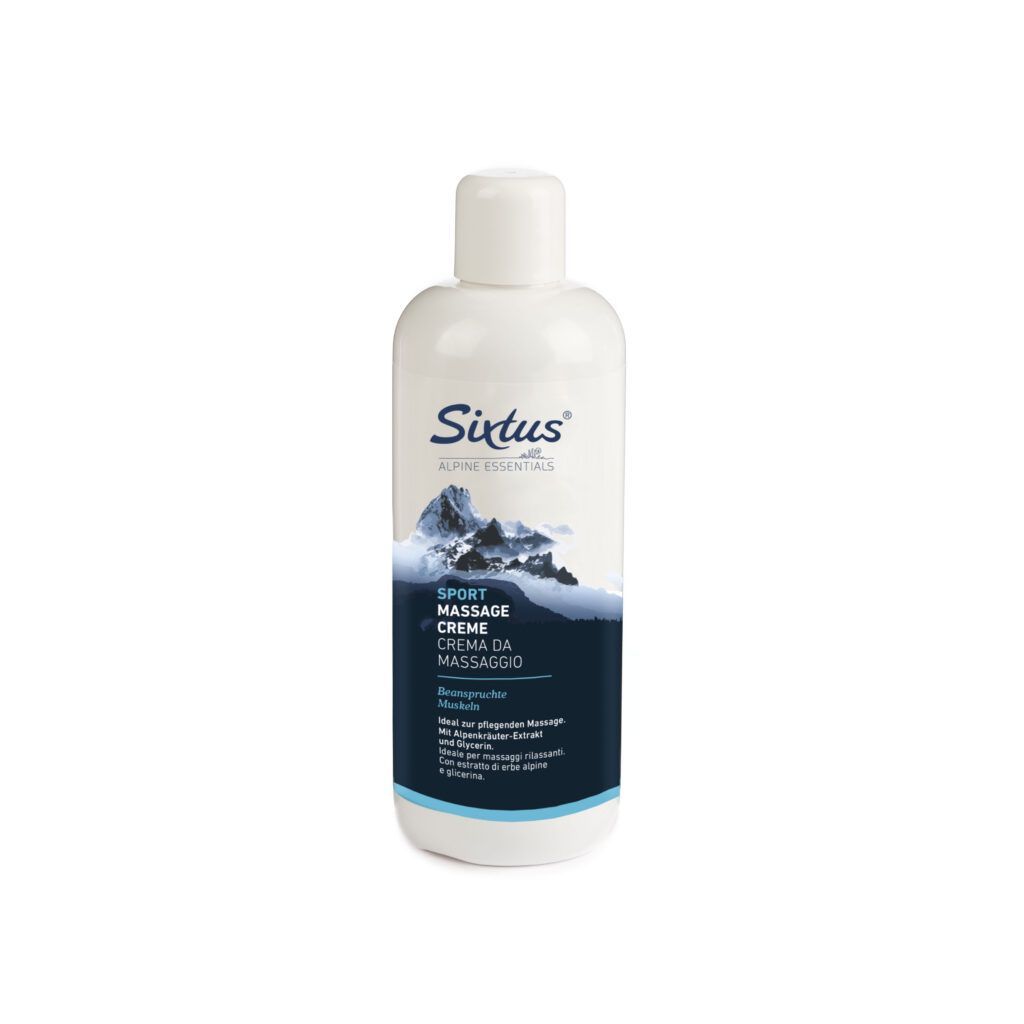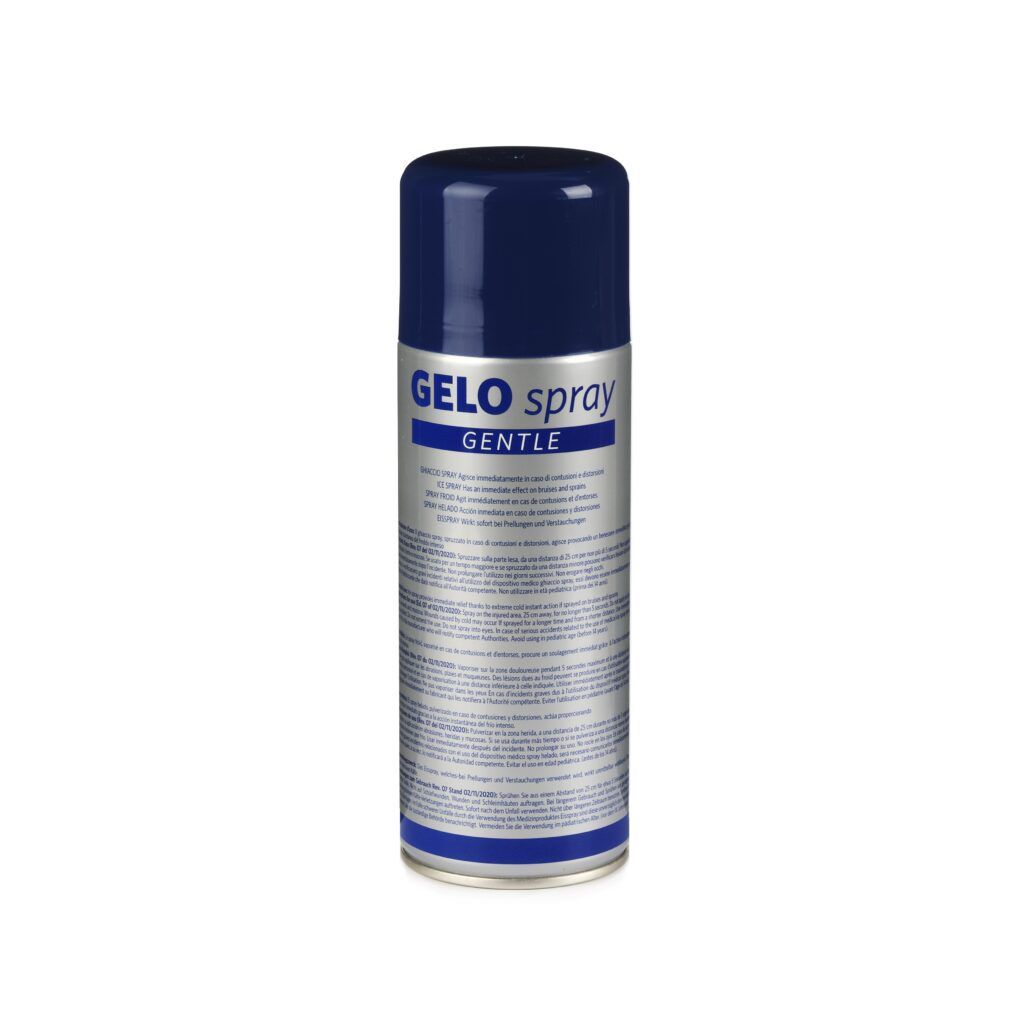How to set up a trail running workout

- 1 General informations
- 2 Train running is good for your health
- 3 Some advices
- 4 What do you need?
What is trail running?
Trail running involves dealing with gradients, descents, and changing trail conditions, requiring diverse muscle involvement and superior endurance. Without proper preparation, beginners risk injury and fatigue. Therefore, preparing the body through targeted training for trail running is advisable.
Indeed, one learns how to manage slopes and climbs and how to walk to conserve energy uphill.
Choosing specific training for trail running becomes essential when you decide what type of terrain to run on. Therefore, it is necessary to differentiate between different forms of trail running:
The benefits of trail running
Trail running keeps the body fit and well-toned. It challenges the body, increases endurance, and improves cardiovascular capacity. In addition, uneven trails can strengthen the core and increase coordination and balance. But its benefits continue: trail running is also therapeutic for the mind. Contact with nature can drastically reduce stress and free the mind. In addition, the sense of accomplishment after a challenging run significantly boosts self-esteem.
How to approach trail running training?
Undertaking trail running training involves focusing on rugged terrain and preparing to deal with steep climbs and descents.
Uphill, the challenge for runners accustomed to road running, is obvious. The stride shortens, movements become less natural, and the pace slows. The momentum phase is less pronounced, and foot contact with the ground increases, requiring more effort to overcome the challenge. To tackle the climb successfully, relax your back muscles and use wide, pronounced movement of the arms to maintain the pace.
While the descent may initially seem like a restful time, it becomes very problematic in trail running. The increase in speed makes it more challenging to detect changes in terrain, and modulating your footing becomes crucial to maintaining balance. Leg and ankle joints are more stressed, increasing the risk of injury.
Recommended techniques for downhill runs include keeping the eyes ahead to anticipate obstacles, lifting the legs well, and taking short steps to reduce stress on the joints. This approach allows the eyes to anticipate physical barriers and easily overcome changes in terrain accurately.
Before tackling an actual trail, especially in the mountains, it is advisable to start training on hilly terrain, in public parks, or less steep trails, but above all, stretch a lot. Progressively, you can tackle more technical terrain and steeper inclines to increase the challenge.
In addition to running training, it is crucial to incorporate stretching and muscle-strengthening exercises such as lunges, squats, and press exercises.
Trail running equipment
In trail running, stride and stance vary constantly. The choice of trail shoes depends on several factors, including foot protection, grip, comfort, cushioning, weight, stability, waterproofness, breathability, and durability. You should base your decision on the environment and the trail surface while also considering the climate, season, and weight. Adding an insole to cushion foot pressure is essential for performing trail running training at its best.
For this reason, foot health should not be neglected, not only through special products, but also with relaxing massages to recover from the exertion of training.






